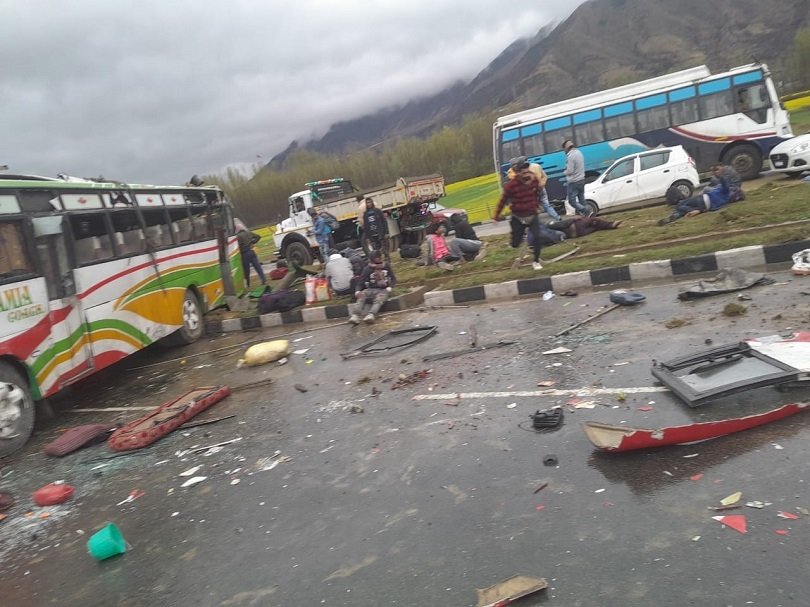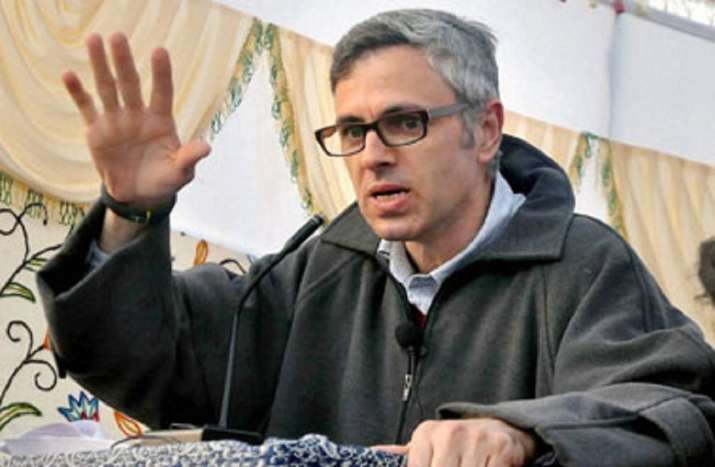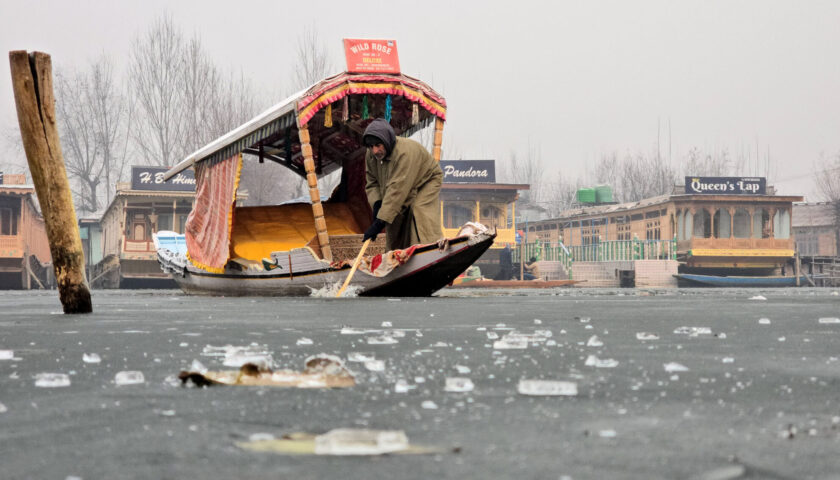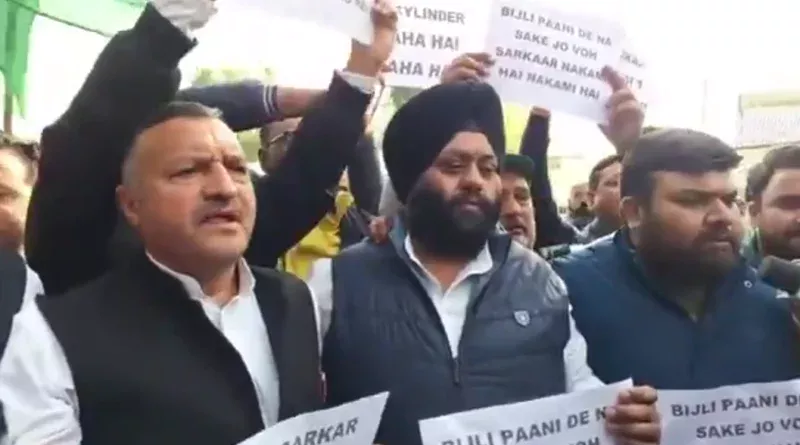A Deadly Road Reality in Jammu & Kashmir
By: Javid Amin | 16 October 2025
Every year, the picturesque valleys and rugged mountains of Jammu and Kashmir attract millions of tourists, yatris, and pilgrims. But beneath the scenic beauty lies a grim reality: J&K’s roads are among the deadliest in the country.
A recent study has revealed that the Union Territory records nearly double the national average in road accident fatalities, outpacing many larger states with far denser populations. Between 2019 and October 2024, 4,899 lives were lost and 40,065 people were injured in road accidents—a staggering reminder that road safety in J&K has reached a public health crisis level.
These numbers are not just statistics—they represent families torn apart, breadwinners lost, and communities left to grieve.
Alarming Statistics That Can’t Be Ignored
Road accidents have become one of the top causes of unnatural deaths in J&K. The data paints a disturbing picture of a worsening trend:
-
4,899 deaths and 40,065 injuries recorded between 2019 and October 2024.
-
6,298 accidents in 2023 alone, resulting in 893 fatalities—an increase from 805 in 2022.
-
22.66 lakh registered vehicles navigating narrow, hilly, and poorly maintained roads.
-
Nearly 2 accidents every hour are reported in the Union Territory.
Comparative Insight:
While India’s national average for road fatalities stands around 12 per 100,000 population, J&K’s figure is almost double that—making it one of the most dangerous regions in the country to be on the road.
“This isn’t just a traffic problem anymore—it’s a public safety emergency,” says traffic analyst Shafat Hussain, who has studied accident patterns in mountainous regions.
Why J&K’s Roads Are So Dangerous
01. Over-speeding & Reckless Driving
The single largest cause of road accidents in J&K is over-speeding—especially on narrow mountain roads and highways that were never designed for fast-moving traffic. Drivers often underestimate sharp curves, unpredictable weather, and blind turns, leading to fatal collisions and vehicles skidding off roads.
02. Lack of Enforcement of Traffic Laws
Despite periodic drives by Jammu and Kashmir Traffic Police, rule enforcement remains weak. Overloaded passenger vehicles, unlicensed driving in rural areas, and minimal deterrence against traffic violations continue to fuel chaos on the roads.
03. Poor Road Infrastructure
Many stretches of J&K’s road network—particularly in hilly districts—lack proper signage, guardrails, lighting, and maintenance. Landslides, potholes, and narrow one-lane roads make driving inherently risky, especially during rains or snow.
04. Driver Fatigue & Mechanical Negligence
Commercial drivers often drive long hours without rest, especially on pilgrimage and tourist routes. Additionally, poor vehicle maintenance and outdated fleets worsen the risk of brake failures, tire bursts, and other technical malfunctions.
05. Harsh Terrain & Unpredictable Weather
Mountainous terrain combined with fog, snow, or sudden rain creates dangerous driving conditions, particularly on routes like Jammu–Srinagar Highway, Mughal Road, and Doda–Kishtwar stretches.
Regional Hotspots: The Danger Zones
Nearly 40% of all accidents in J&K occur in just four districts:
-
Jammu – High traffic volume, tourist influx, and inter-state vehicle movement.
-
Udhampur – Key highway corridor prone to landslides and high-speed accidents.
-
Samba & Kathua – Industrial and commercial belt with heavy truck movement.
Other high-risk areas include Ramban, Doda, Kishtwar, Rajouri, and Baramulla, where winding roads and lack of crash barriers have led to frequent bus and taxi plunges into gorges—often with multiple fatalities.
Experts recommend prioritizing these hotspots for immediate engineering upgrades, stricter enforcement, and installation of speed-monitoring systems.
Government Response: Road Safety Policy 2025
In March 2025, the J&K administration introduced the Jammu and Kashmir Road Safety Council Policy 2025, a long-awaited step to address the alarming fatality rate.
Key Goals of the Policy:
-
Cut road fatalities by 50% by 2030.
-
Establish a State Road Safety Council with district-level task forces.
-
Upgrade black spots and high-risk zones through better road design.
-
Strengthen law enforcement and traffic monitoring.
-
Launch public awareness campaigns targeting reckless driving and helmet/seatbelt compliance.
-
Introduce crash investigation protocols for data-driven interventions.
While the policy is a positive step, experts caution that implementation—not announcements—will determine success.
“Policies don’t save lives—actions do,” remarks civil engineer and road safety expert Bashir Lone. “We need real enforcement, real infrastructure upgrades, and real accountability.”
The Human Cost: Stories Behind the Numbers
Statistics reveal the scale, but stories reveal the pain.
-
In Ramban, a passenger bus plunged into a gorge in late 2023, killing 21 people in a single accident.
-
A newlywed couple from Kathua died in 2024 after their car collided with a truck on a poorly lit stretch.
-
School children in Udhampur have repeatedly faced injuries on overloaded vans and unsafe rural roads.
Each of these tragedies is a reminder that unsafe roads aren’t just a mobility problem—they’re a humanitarian crisis.
“We lost our only son on a road we travel every day,” says Meenakshi Sharma, whose 19-year-old died in a two-wheeler crash. “It’s not the road’s fault alone—it’s the system that failed him.”
Technology & Innovation: A Ray of Hope
To reduce accidents, experts suggest embracing technology-driven solutions:
-
AI-enabled traffic cameras and speed detectors on highways.
-
Real-time weather and landslide alerts for mountain travelers.
-
Black box monitoring for commercial and tourist vehicles.
-
Integrated GPS tracking and SOS systems for passenger buses.
-
Smart helmets and rider-tracking features for two-wheelers.
These innovations have reduced road fatalities in several Indian states and can transform road safety in J&K if scaled effectively.
Community & Civil Society: People Power Matters
Beyond government policy, public behavior and community involvement play a crucial role in saving lives:
-
Road safety awareness campaigns in schools, colleges, and rural areas.
-
Promoting helmet and seatbelt usage through grassroots movements.
-
Involving civil society in monitoring black spots and pushing for accountability.
-
Encouraging public reporting of rash driving and traffic violations.
“The road belongs to everyone. Responsibility must also be shared by everyone,” says activist Nazia Qadri from Udhampur.
Policy Gaps & Challenges Ahead
While the Road Safety Policy 2025 is a positive development, several systemic gaps remain:
-
Slow implementation of black spot rectification projects.
-
Shortage of traffic personnel in rural and hilly districts.
-
Low conviction rates for serious traffic offenses.
-
Limited trauma care facilities in accident-prone regions.
-
Poor coordination between transport, police, health, and PWD departments.
Unless these gaps are addressed, targets like 50% fatality reduction by 2030 may remain on paper.
Post-Crash Care: The Golden Hour Problem
A significant number of road accident deaths in J&K occur because victims do not receive medical care within the “golden hour”.
-
Remote accident sites often lack ambulances and first responders.
-
Nearest trauma centers may be hours away due to road and weather conditions.
-
Lack of bystander awareness and legal clarity delays life-saving interventions.
Strengthening pre-hospital emergency care and trauma networks could cut fatalities by up to 30%, according to health experts.
Editorial Reflection: Roads Shouldn’t Be Death Traps
Roads are meant to connect, not claim lives. The growing road fatality crisis in Jammu & Kashmir reflects not just infrastructural gaps but a collective failure of enforcement, planning, and accountability.
The crisis is preventable—but only if:
-
Government policies turn into measurable actions.
-
Citizens adopt responsible driving behavior.
-
Infrastructure is modernized and monitored.
-
Emergency response systems are strengthened.
Final Call to Action: From Awareness to Accountability
If J&K is to reduce its deadly accident rate, a multi-layered approach is non-negotiable:
-
Stronger traffic law enforcement.
-
Urgent infrastructure upgrades in hotspots.
-
Driver training and licensing reforms.
-
Better post-crash emergency response.
-
Community participation and awareness.
-
Transparent reporting and accountability.
“A safe road is not built with tar alone. It’s built with accountability, empathy, and will,” says activist Nazia Qadri.
Until that will is shown, J&K’s beautiful highways will continue to hide dangerous truths beneath their curves.




